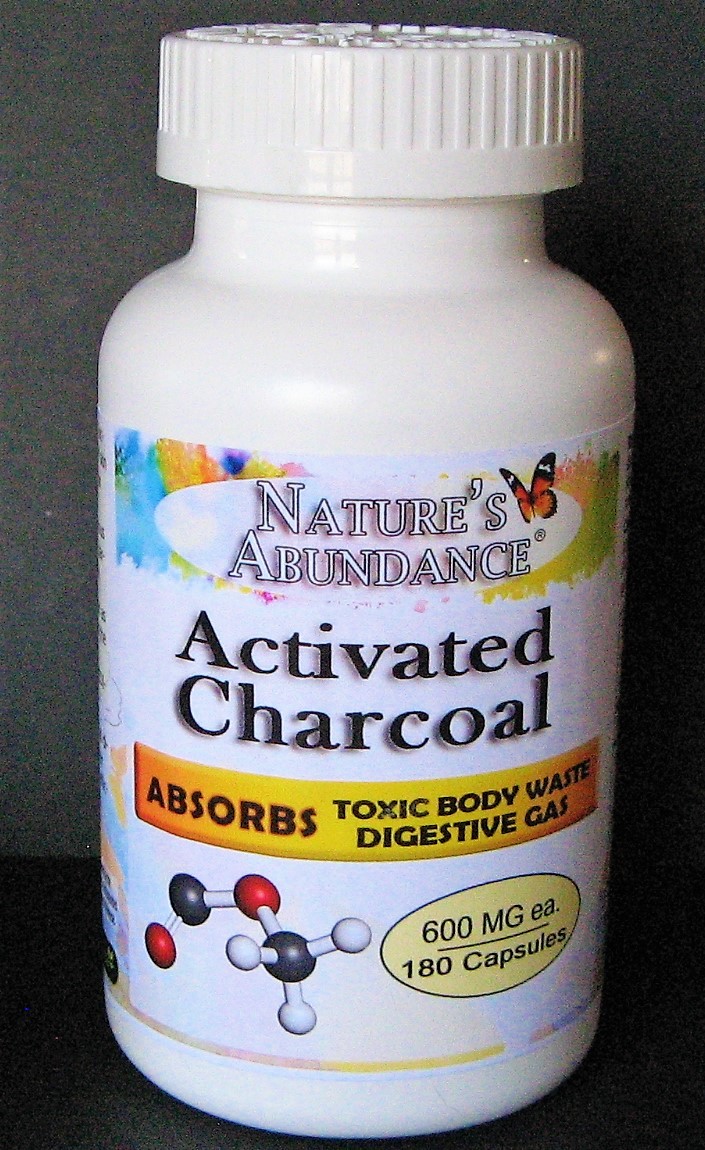
Experience a Boost In Your Health: Get your high quality supplements here...



Experience a Boost In Your Health
How does Zeolite work for detoxification?
 Detoxification of aflatoxin contaminated foods and feeds is a current problem, as aflatoxins are highly carcinogenic and capable of passing unaltered through metabolic processes and accumulating in the tissues (seriously jeopardizing human and animal health). Although numerous detoxification methods have been tested, none seems able to fulfill the efficacy, safety, safeguarding of nutritional elements and costs requisites of a detoxification process. This paper critically reviews the main chemical detoxification methods and the latest approach to the problem using added sorbents capable of adsorbing aflatoxins. (Kybett, A. P)
Detoxification of aflatoxin contaminated foods and feeds is a current problem, as aflatoxins are highly carcinogenic and capable of passing unaltered through metabolic processes and accumulating in the tissues (seriously jeopardizing human and animal health). Although numerous detoxification methods have been tested, none seems able to fulfill the efficacy, safety, safeguarding of nutritional elements and costs requisites of a detoxification process. This paper critically reviews the main chemical detoxification methods and the latest approach to the problem using added sorbents capable of adsorbing aflatoxins. (Kybett, A. P)The presence of moulds in foods and feeds, generally has been recognised as undesirable.
Aflatoxins chiefly produced by fungus Aspergillus flavus and Aspergillus parasiticus have been found as a natural contaminants in food and feed stuffs cause sickness and death in farm animals and even in human beings [Spring, and Fegan, 2010; Liu, 2010 and Probst, C. et al.,
2011]. About 8-10% of the annual crop produced in the country is destroyed, spoiled or
become unfit for human and animal consumption due to aflatoxin contamination. Extensive review on the problem of aflatoxin in foods and feeds are available in literature [Araujo, A.C.
P. et al. 1994; Martins Maciel, E. P. et al., 1996 and Bedi, and Khare, 2012].
Control of aflatoxin is important since their occurrence in foods and feedsnbin continuously
posing threat to both health and economics all over the world [Basappa, and Shantha, 1996].
To overcome the problem of feed contamination with aflatoxins various workers have used
different methods of detoxification resulting in verying degree of success [Kiran Kumar, et
al., 2010 ; M. Safard, F, et al., 2010 ; Flora Oluwafemi, et al., 2010 ; Bagherzadeh Kasmani,
F. et al, 2012 and Arshad Hussain, et al., 2012].
A large number of organic and inorganic compounds and their salts have been used but the
information regarding their effects in contaminated foods and feeds for detoxification of
Aflatoxin B1 ( AFB1 ) is limited [Ghosh, et al., 1996]. In present study an attempt has been
made to detoxify the AFB1 in Basmati rice by using physical and chemical methods. (Piva, G. )
References:
Kybett, A. P., & Sherrington, D. C. (2001). Supported Catalysts and Their Applications. Cambridge: Royal Society of Chemistry.
Piva, G. et al. (2014) Detoxification methods of aflatoxins. A review. Nutrition Research , Volume 15 , Issue 5 , 767 - 776





